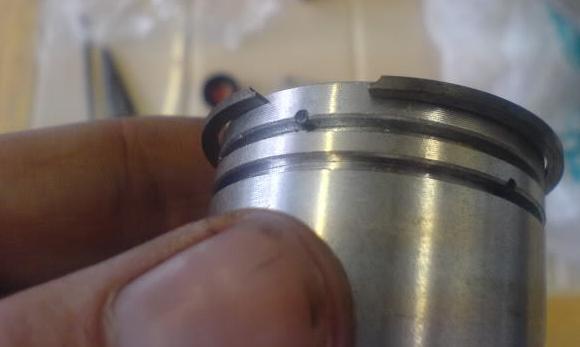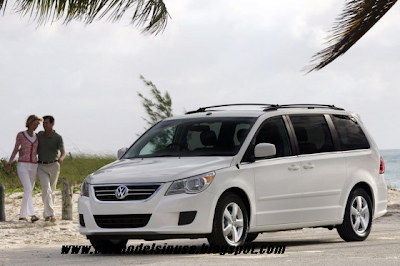Finding a lady astrologer who offers free consultations can be challenging, but it's not impossible. Here are some steps you can take to potentially find a lady astrologer who provides free consultations:
Online Search: Use search engines and online directories to look for lady astrologers who offer free consultations. You can use search terms like "free consultation lady astrologer" or "female astrologer offering free advice."
Social Media: Platforms like Facebook, Instagram, and Twitter may have profiles of female astrologers who offer free astrological insights or consultations. You can search for hashtags like #LadyAstrologer or #FreeAstrology Consultation.
Astrology Forums and Communities: Join astrology forums and communities where members share their experiences with astrologers. You may come across recommendations for female astrologers who provide free consultations.

































